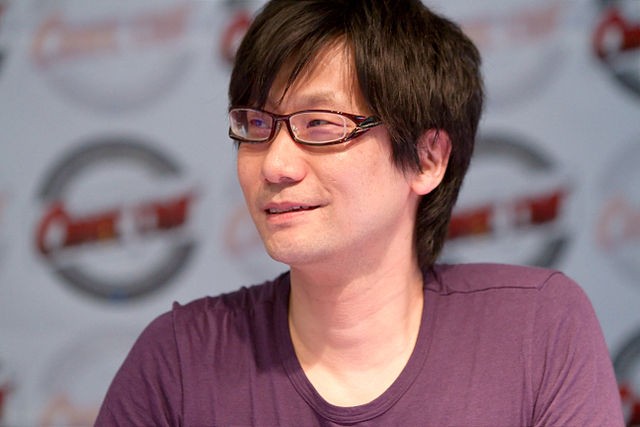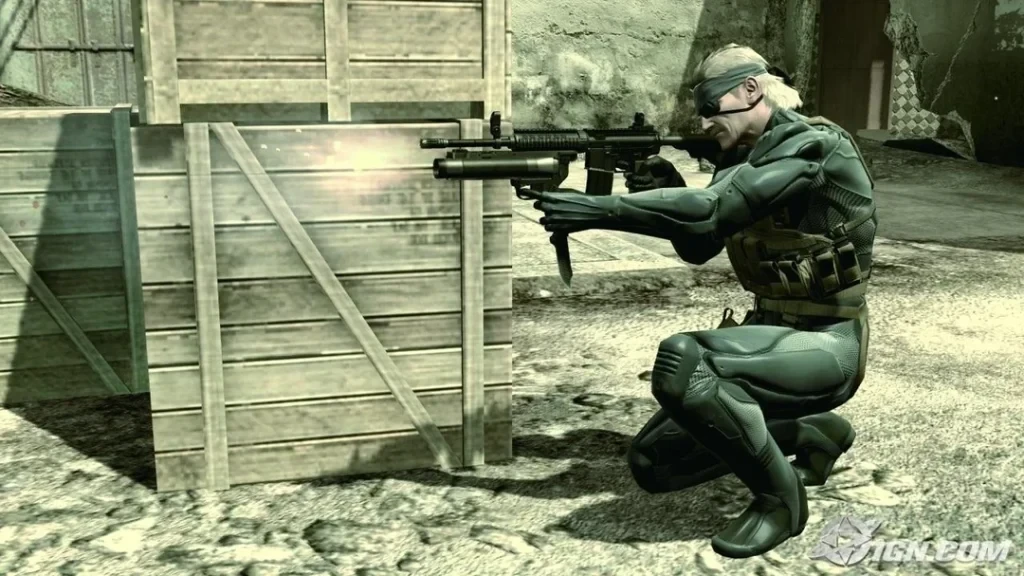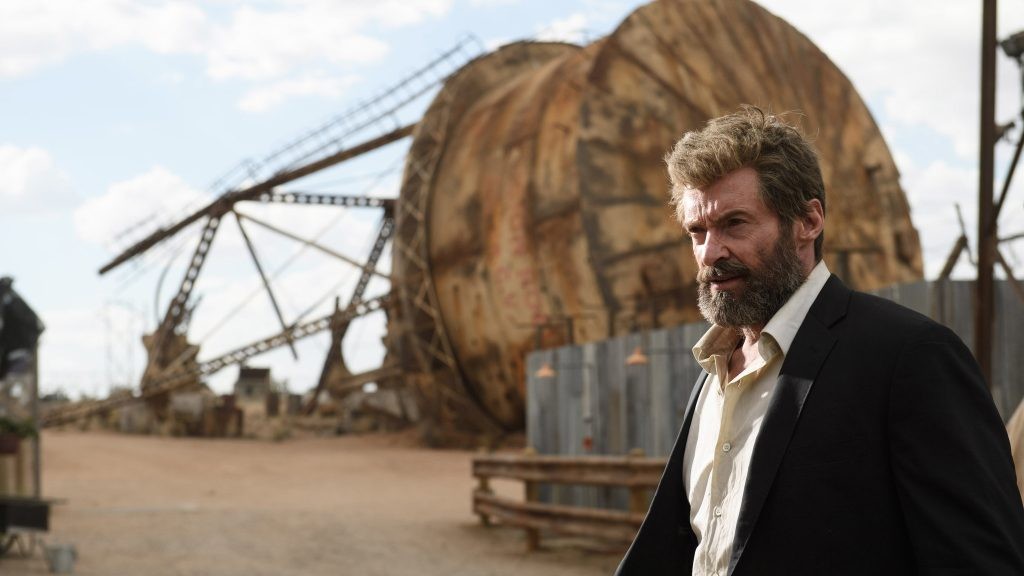Hugh Jackman’s Logan and Hideo Kojima’s Metal Gear Solid 4 share several similarities that no fan might know.

Hideo Kojima, as far as video games are concerned, is no less than an auteur and legend in the field. Each of his video games is more of an experience filled with nuanced themes and lessons ranging from philosophy to warfare. His Metal Gear series, in particular, despite being based on conflicts and the role of technology in society gives an engaging narrative touching upon morality and political-social commentary.

Hideo Kojima
A consistent exhilarating experience, Kojima reveals how his 2008 masterpiece, Metal Gear Solid 4 is similar to the cinematic masterpiece, Logan.
Hideo Kojima’s Metal Gear Solid 4 is Unusually Similar to Logan

A still from Kojima’s Metal Gear Solid 4: Guns of the Patriots
Metal Gear Solid 4: Guns of the Patriots is set directly after the events of Metal Gear Solid 2: Sons of Liberty. Set in the enigmatic technological world of Hideo Kojima‘s creation, the game was a culmination of the series’ narrative arcs and a poignant end for the protagonist Solid Snake.
While Kojima is an exemplary video game designer, he is also fond of films and art. While sharing his thoughts on James Mangold‘s Logan in an essay penned to Rolling Stone, the video game legend revealed how Metal Gear Solid 4 and Hugh Jackman‘s Logan share several similarities.
“By borrowing elements from Mark Millar and Steve McNiven’s 2008 story Old Man Logan, director James Mangold strips Wolverine of his powers and replaces them with the burden of old age… In the intro, Snake says ‘War has changed.’ His codename was also changed to ‘Old Snake.’ The letters ‘I’ and ‘S’ were removed from the word SOLID: ‘is’ – or in other words ‘being’ – had been taken away from him; he was now Old Snake. In much the same way, both Snake and Logan had their place in the world taken away from them.”
Writes Kojima, as he reveals he wanted to give Solid Snake’s narrative a worthy closure without ending the whole saga, something that Magold brilliantly accomplished in his 2017 superhero flick.
Yet, this wasn’t the only similarity that Old Snake and Logan shared. Both try to pass the baton to the next generation and try to overcome their limitations by passing along the mission and lesson for the saga to continue without them.
Hideo Kojima States Logan Depicts the True Meaning of Life & Death

Hugh Jackman in and as Logan
Helmed by James Mangold, Logan was a cinematic masterpiece transcending the confines of the genre delivering a profound and conclusive end to the journey of Logan, aka Huge Jackman’s Wolverine. Often heralded as one of the best superhero movies ever to be made, Logan was a poignant exploration of various complex themes involving humanity, mortality, and redemption.
But above all, Hideo Kojima stated it is a worthy end to an endless story, depicting the true meaning of life and death.
“Logan… serves as an escape from the X-Men universe, and Logan/Wolverine truly earns a place in eternity because of it… But what does it mean to depict life within an endless universe? Is it to depict a life that is physically eternal? Not so. Not dying and continuing to live aren’t the same thing. Dying doesn’t necessarily mean ending. Leaving proof of your existence for the next generation, leaving a mark on the world – that is what surviving means. By ending an endless story, we can finally see the true meaning of life and death.”
While Kojima gives credit to Hugh Jackman and his portrayal of Wolverine that led to the character’s vast influence and popularity, he feels it is the movie’s relationship with the past that makes it stand out. Stating that the claw marks left by Logan will forever remain, the end of Logan’s story is why the movie will remain relevant.
Logan can be streamed on Disney+.

